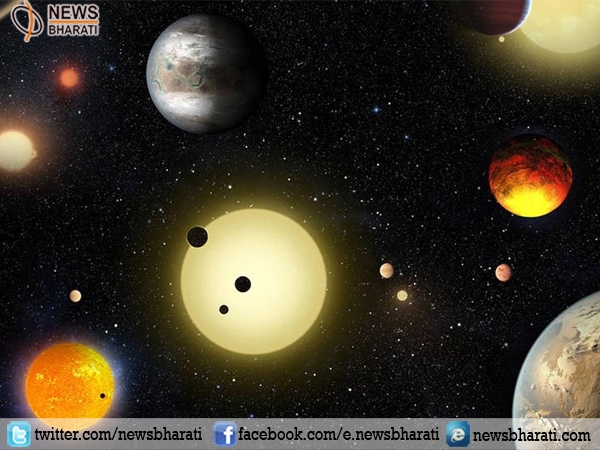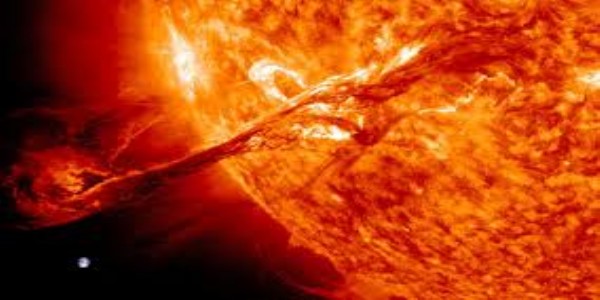After TRAPPIST, NASA discovers 20 more exoplanets that could possible harbor life
Washington, November 2: Remember TRAPPIST Solar System, NASA has discovered 20 more planets beyond solar system with Kepler Telescope. A large international team of researchers working with data sent back from NASA's Kepler space telescope has found evidence of 20 previously unknown, promising exoplanets.

Many of the 20 exoplanets that were discovered had long orbits one, in particular, KOI-7923.01, was found to have an orbit of 395 days and was very close in size to Earth. The team found that it was also a little cooler than Earth due to its distance from its star relative to Earth's orbit and the star being cooler. The team notes that their initial study suggested the planet is likely covered by cold tundra, but that it is still not too cold to support life.
Unfortunately, the newly discovered planets are still not fully confirmed because Kepler ran into trouble after recording the part of the sky in which the planets are thought to exist. Thus, Kepler was only able to observe the planets two times—not nearly enough for confirmation. Despite the lack of data, the team reports that they are nearly certain that the candidates are not only planets but are possibly habitable, as well. Ground-based observations are required to confirm the findings.
Kepler scientists, led by Jeff Kaflin, are convinced that the planets are rocky. This can only be confirmed with additional observations. However, the Kepler telescope is damaged and is no longer possible to clearly see with it.
The find was derived from the photometry data sent back by the space telescope over the course of four years before trouble with its reaction wheels back in 2013. The 20 exoplanets of interest were part of a catalogue of 8,054 "Kepler Objects of Interest" that were pared down to 4,034 exoplanets that were believed to have orbits between .25 and 632 days. The 20 exoplanets sifted out are believed to represent those most likely able to support life.
Meanwhile, NASA surprised the whole world when announced that they discovered another solar system which is 40 light years away consisting of seven Earth-sized planets orbiting a star called TRAPPIST-1.





